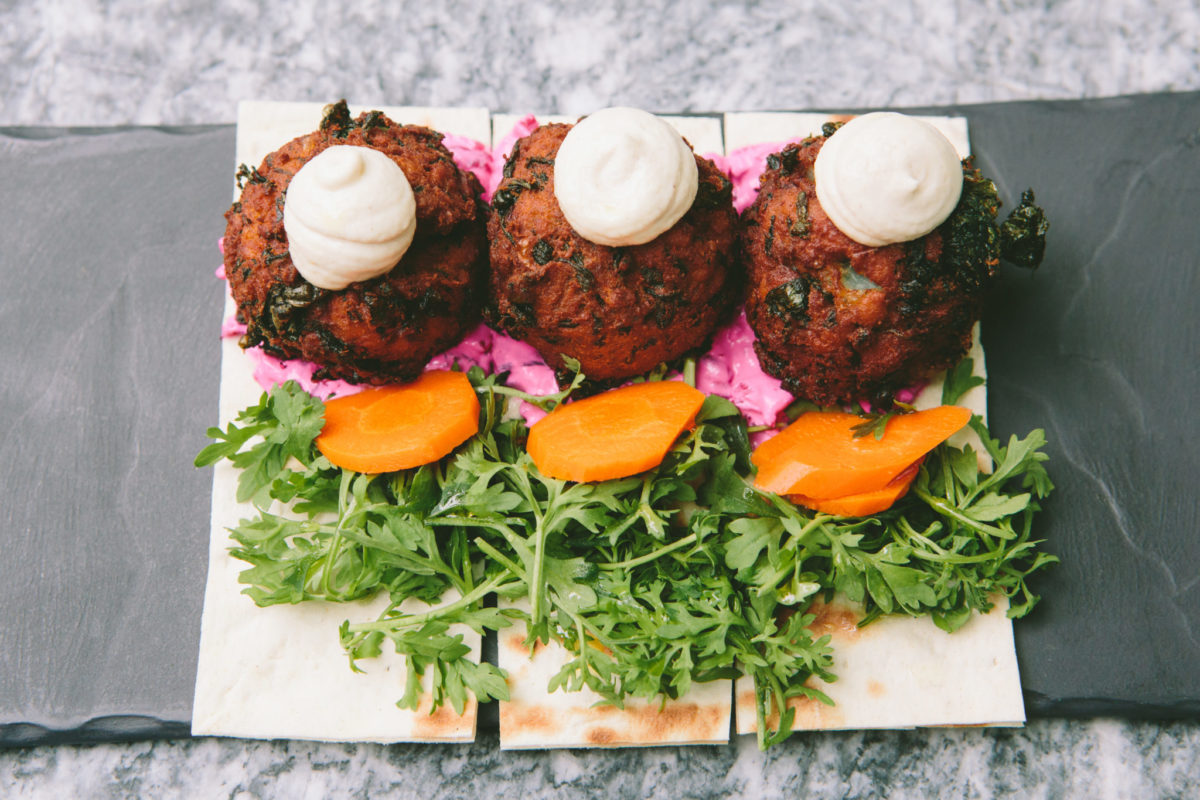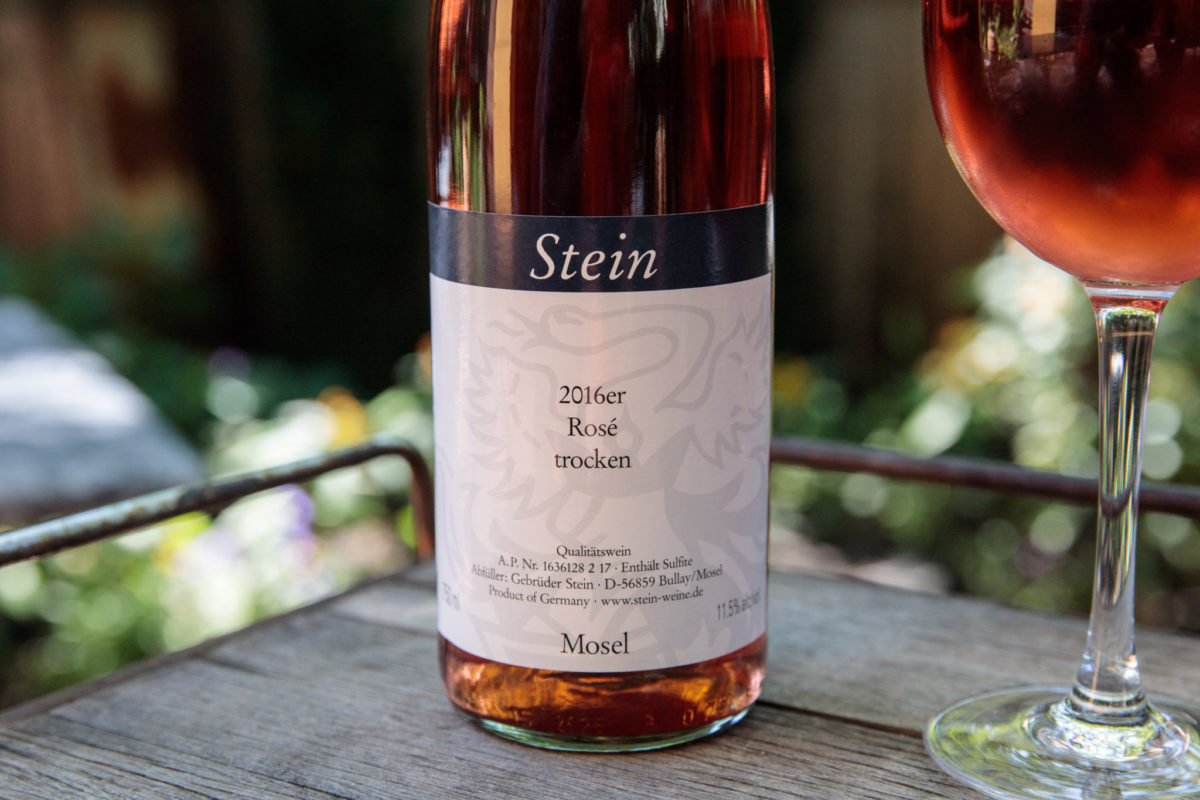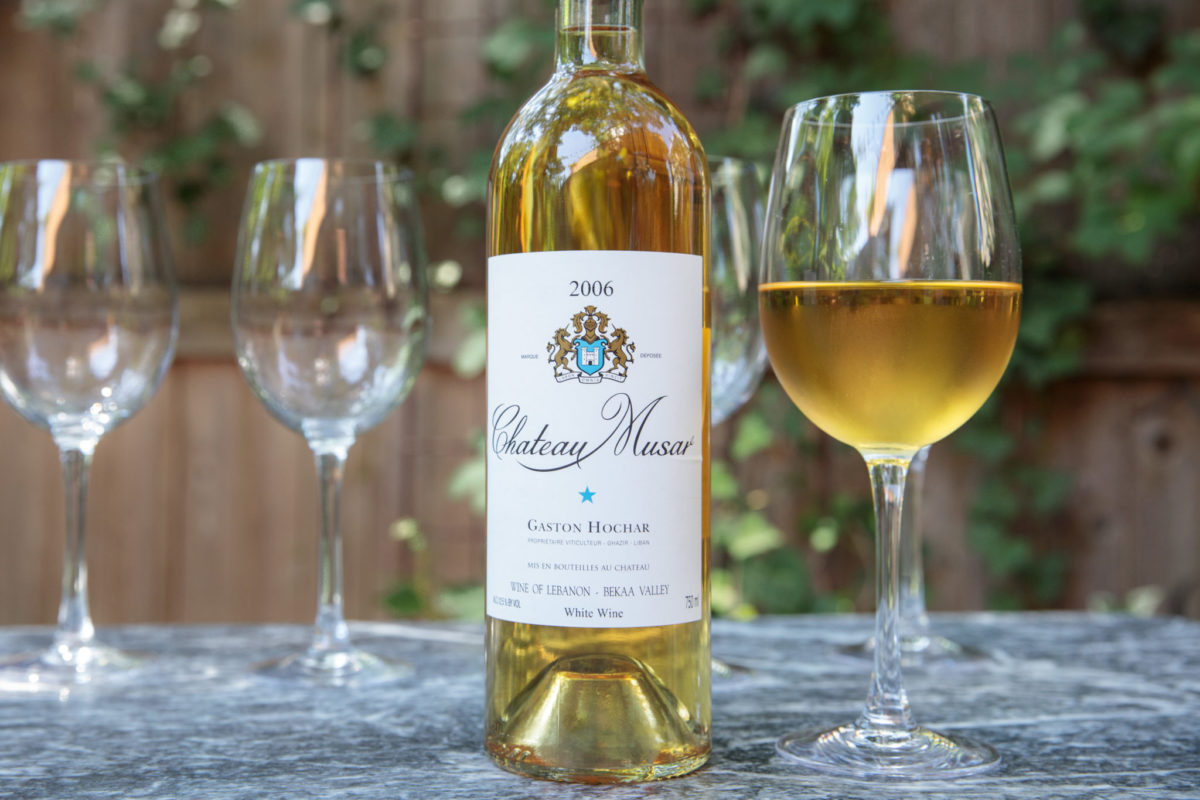
Sarah Marshall · Oleana

Charlie Gaeta · Branch Line
Theresa Paopao · Asta
Curious about restaurant wine lists? Each month, Boston Globe wine columnist Ellen Bhang chats with a sommelier about a couple of terrific bottles and recommends food pairings – you come away a savvier sipper.
When guests open the wine list at Oleana, chef-owner Ana Sortun’s Cambridge restaurant showcasing Turkish and Middle Eastern flavors, they often ask about the spices detailed alongside its categories of pours. Do za’atar and quince indicate flavors in the wine? Or point to ingredients in a dish? The answer can be “yes” to both, says wine director Sarah Marshall, who goes on to explain what she calls “connectivity” between plate and glass.
Wines grouped under the header “smoked paprika, baharat, and figs” are reds that offer spice components resulting from oak or aging. They are great with substantial dishes punctuated by warm spice. Bottles grouped together under the tag line “sumac, orange blossom, and bergamot” are splendid with plates that benefit from minerality, flower petals, and citrus. The descriptors are meant to be fluid: “Not all wines give those flavors exactly, but emulate them,” she says. “It’s about continuing the train of thought found in the elements of Ana’s food.”

Brian Samuels
Curating a 250-bottle list to accompany such vivid fare requires a finely tuned palate. Marshall has been honing her skills since she worked as an event planner at French stalwart L’Espalier. Later, she worked with executive wine director Cat Silirie at the Barbara Lynch Gruppo, and with Nick Daddona, former wine director at the Boston Harbor Hotel.
A trip to Spain and France early in her career still gets her excited. “Wine is very sensory,” Marshall enthuses. “When you’re standing in a field, and the people who make the wine are also making your dinner, you really start to understand what’s in the glass.”
Travel remains a sure way to discover distinctive pours, like a 2016 Stein Rosé Trocken. “I’ve fallen in love with the Mosel,” she says of the German appellation famous for its steep vineyard slopes. Crafted from spätburgunder (pinot noir) by winegrower Dr. Ulrich “Ulli” Stein, this pink is a favorite. “It’s fresh, lean, and focused in style, with sour cherry, ‘oomph,’ and richness,” she says, plus “crazy minerality” associated with the region’s slate soils.

Brian Samuels
That rosé is terrific with softshell crab, first dredged in crumbled oregano and fennel, then fried crisp. The crustacean is anchored on avocado stuffed with sorrel skordalia, a garlicky mashed potato whipped with cream. She loves how the dry wine’s acidity and texture cut through the richness of the seafood and the avocado, while mineral notes resonate with the earthy, herbal elements of the dish.
The wine pro is also pouring a 2006 Chateau Musar “Blanc,” crafted in Lebanon’s Bekaa Valley from merwah (a variant of sémillon) and obaideh (a native chardonnay). She admires how the family winery doesn’t release bottles to market until they are properly aged. “It’s a richer style of white, with beeswax and tropical fruit,” she shares. “It’s nut-driven, but still fresh, even though it is aged for quite a bit of time.”
The mature white is excellent with roasted bluefish. A fillet is rubbed with sesame paste and rolled in bread crumbs, Aleppo pepper, oregano, and cardamom. The wine stands up to the dish’s strong flavors and is perfectly at home in that part of the list entitled “dukkah, honeycomb, and tahini.”
“It’s one that I always have in my back pocket,” says the somm about the versatile pour. “Ultimately, I want to offer something really tasty and delicious.”

Brian Samuels










